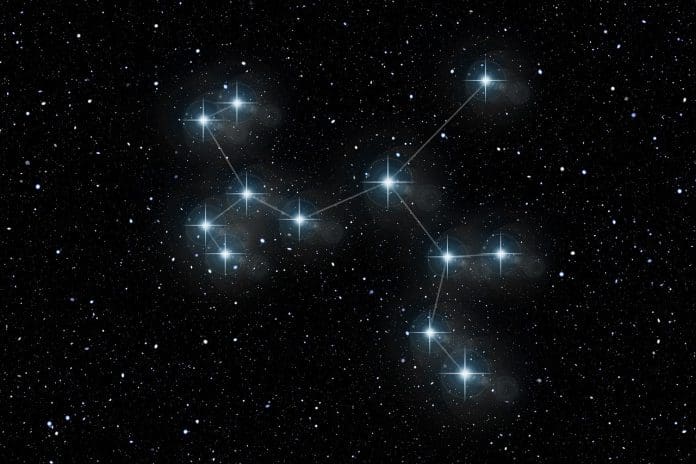This post is also available in:
 עברית (Hebrew)
עברית (Hebrew)
A new initiative is charting “star constellations” in the Earth’s orbit, but not ones made of actual stars – these constellations are charted patterns of space junk that is flying just a few hundred km over our heads.
This initiative is called Space Trash Signs, and it was created to highlight the growing problem of space debris. The creators are space sustainability firm ‘Privateer’, German design agency ‘Moby Digg’, visual artist Frank Gräfe, and communication agency ‘Serviceplan Innovation’.
The Space Trash Signs debris constellation chart can be viewed on a dedicated website and in select star-gazing apps, and is even being shown to the public via a special program in planetariums across the globe. The initiative released its chart ahead of the upcoming meeting of the United Nations Committee of the Peaceful Uses of Outer Space, which will meet in June to discuss measures for preventing the space junk problem from reaching a tipping point.
According to Interesting Engineering, the Space Trash Signs constellations were assembled using real space debris tracking data collected by Privateer. However, these constellations cannot be observed from Earth and will not remain in their detected patterns for long – the reason being that space debris travels around the Earth at speeds of over 27,350 kph.
The team reportedly used AI to find patterns in Privateer’s space tracking data and the constellations were then timestamped to mark the moment they were discovered.
Moriba Jah, Privateer’s chief scientist, explained in a press statement: “There are some internationally agreed upon guidelines on debris clean-up and prevention, but none of these mechanisms has enforceability. If we don’t change our behavior, space will become unusable.”
With over 160 million pieces of space debris currently orbit Earth, NASA has gone as far as recently warning that the growing number of satellites and space debris around Earth could potentially impede its ability to detect and possibly redirect a potentially catastrophic asteroid impact with Earth.


























